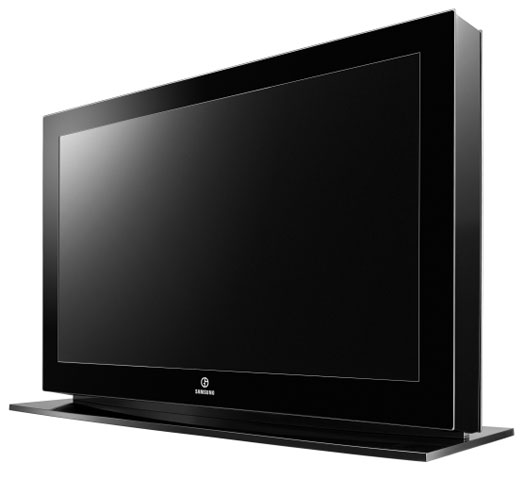Survey: Ultra HDTVs In 40% Of Homes By 2025
Now that high-definition sets are in a majority of American
homes, some analysts and companies are already looking ahead to the next
generation of high-resolution video -- ultra HD.
The so-called ultra HD formats are expected to provide four
to 16 times the resolution of existing high-def displays. A recent study by
In-Stat, sister company to Multichannel News,
predicts that the mass adoption of these sets will be a lengthy process
stretching into the 2020s, but that about 40% of North American homes will have
ultra HD sets by 2025. By then, about 20 million ultra HD sets will be shipped
in North America.

In-Stat is also predicting that the penetration of ultra HD
sets in Europe will approach 5% by 2021 and increase to about 28.2% by 2025 and
that the Japanese market will be an early adopter of the technology in Asia.
Michelle Abraham, principal analyst at In-Stat and the
author of the new study, The Market Opportunityfor Ultra-High Definition Video,
expects it will take five to 10 years before the displays reach even 5% of all
homes and that the broadcasters won't begin offering some ultra-HD content
until the 2017 to 2022 period.
"If you remember that [the Japanese public broadcaster] NHK
began testing ultra-high definition about 10 years ago, it could be 25 years
before we see ultra-HD widely available," Abraham said.
Nonetheless, companies are already thinking about the next
generation of high-definition video and that interest prompted In-Stat to take
a close look at the technology, Abraham said. A number of consumer-electronics
manufacturers are already exploring the higher formats, and theatrical film
makers are already producing 4K content for digital cinemas.
Ultra-high definition refers to the 4K resolution of 3840 by
2160 pixels, which offers four times the resolution of the current 1080p high-def
displays, and 8K resolution, which has 7680 by 4320 pixels, or about 16 times
the resolution of today's HD sets.
The smarter way to stay on top of the multichannel video marketplace. Sign up below.
While the adoption process is likely to be lengthy and
require most of the existing television production and distribution
infrastructure to be almost entirely rebuilt, several factors are likely to
push consumer adoption in the coming decades, the report said.
For starters, digital cinemas are already exposing consumers
to higher resolution 4K content and creating an infrastructure for 4K and 8K
content, according to Abraham.
"The studios are already taking films and scanning films at
4K resolution and there are cameras allowing them to produce using digital
techniques in 4K resolution," she explained. Early ultra HD sets will likely to
be marketed to those who want to replicate the digital cinema experience in the
home.
At the same time, consumer electronics manufacturers
continue to look for new features that allow them to maintain better margins on
their sets.
"For the next couple of years, display manufacturers seem to
be concentrating on 3-D and integrating [Internet] connectivity," Abraham said.
"Once the market saturates with those features, I think the industry will
increasingly be looking at 4K."
That means both 1080p content and 3-D content are likely to
become more widely distributed prior to the development of ultra HD.
NHK and others have already done test transmissions of 4K
and 8K content but these transmissions required a huge amount of bandwidth and Abraham
expects the displays to hit the market before broadcasters begin transmitting
any 4K content.
"I think what we'll see is that the display will be on the
market and they will be used to up-convert lower resolution content [to ultra
HD] before we see any actual production and distribution of 4K content,"
Abraham said.
